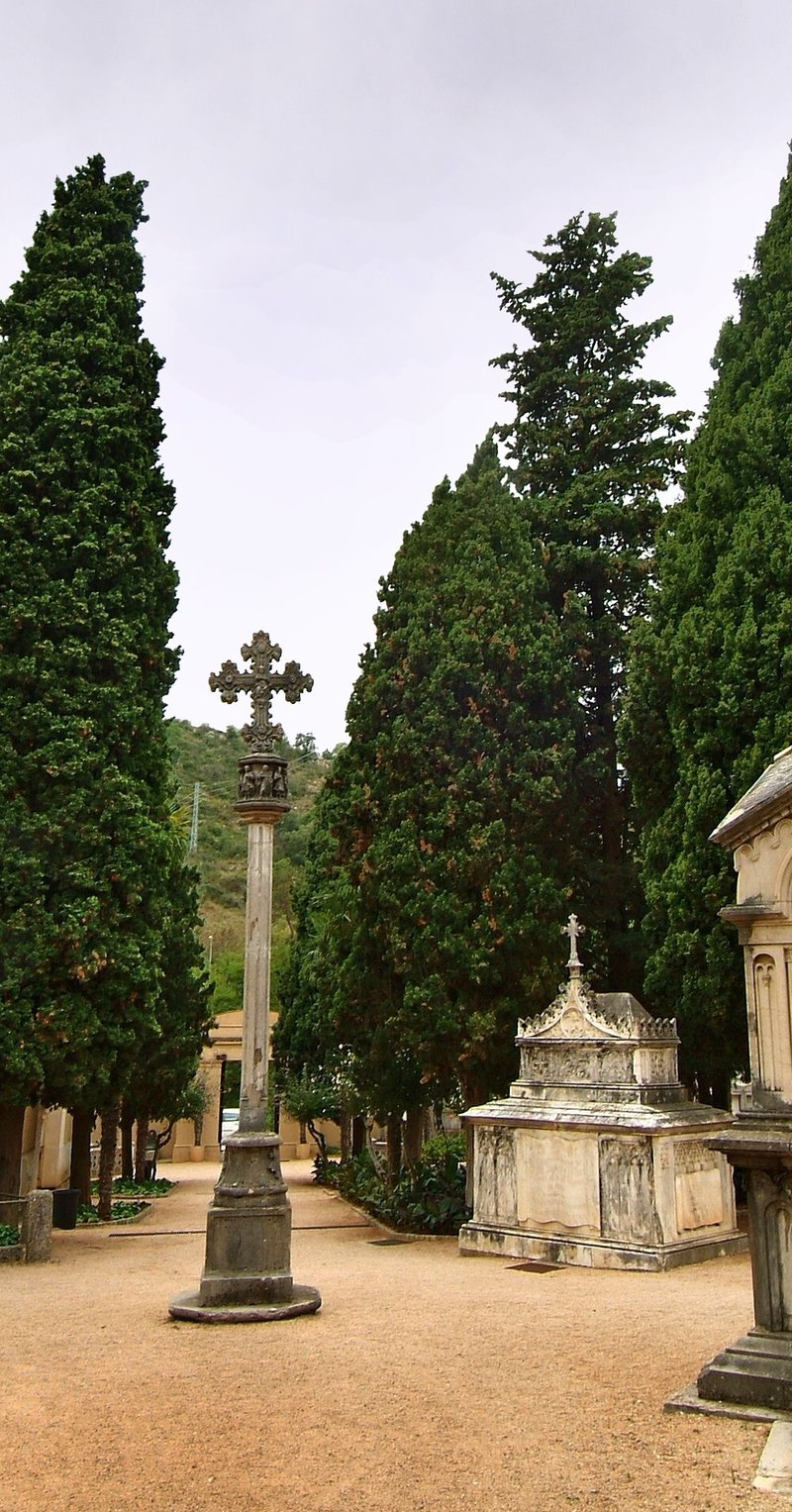THE CULTURAL TIGHTROPE
Place of rest
Well, this won’t be an easy subject to write about, but I feel compelled to write about it. As regular readers and those who know me will be aware, I recently spent much time visiting the hospital, as my wife had cancer. She passed away on February 10 at the age of 51. That in itself is hard to countenance, and I’m not ready to write about it now, but one positive thing that came out of this tragic event is that it brought me closer to her family, who live, and have always lived, in Girona. Things haven’t always been easy between us, as their eldest daughter marrying an Englishman didn’t seem to sit easily with their worldview, and my own particular worldview could never be restricted to the small, though lovely, city of Girona. This disparity in views has been the source of many of my cultural insights over the years, and perhaps even one of the main reasons I first began this column back in the day.
What I am perhaps capable of writing about now is something that my sister-in-law pointed out to me when we recently went to place my wife’s ashes in the family tomb, or niche, a subject I shall return to later. As we were walking into the cemetery in Girona, amid all the stone I noted a space reserved for burials in the ground, i.e. the more typical style burial from my part of the world. My sister-in-law noticed my gaze and pointed out, in hushed tones, that ground burials were used by those who couldn’t afford to have a tomb or crypt, and that consequently, rightly or wrongly, she added, people tended to look down on that form of burial. She seemed a little uncomfortable at that last comment, displaying her own dislike of such snobbishness, and also perhaps her wondering whether a foreigner like myself might find such an attitude unedifying. And if that is what she was thinking, then she’d have been right, because I find snobbery in any form ugly, and only amplified when it comes to the context of how someone is put to rest at the end of their life. In fact, overt displays of ostentatiousness in cemeteries have never induced respect in me for those buried there, but rather scorn for the families who make what seems to me an unnecessary show of their wealth in a place where we all again become as one. I guess that’s the egalitarian side of me.
A further cultural initiation for me that day was seeing the family niche – by which I mean the hole in the wall of the cemetery where the body or ashes of the deceased person are laid to rest – being opened and then re-sealed. As my wife’s family niche was halfway up the wall, this entailed a forklift truck being used to hoist one man up to the niche, which he opened with a hammer and chisel before placing the urn inside, re-sealing it with grout and replacing the family plaque. I must confess that, together with the tremendous sorrow I felt, the whole process was also very surreal, probably due to it being very different from anything I’d ever seen before, a burial service in my homeland typically involving an entirely different procedure of digging up the earth, placing the casket in the ground and then refilling the grave with earth. That, and the fact that I’m still numb from the whole ordeal.


